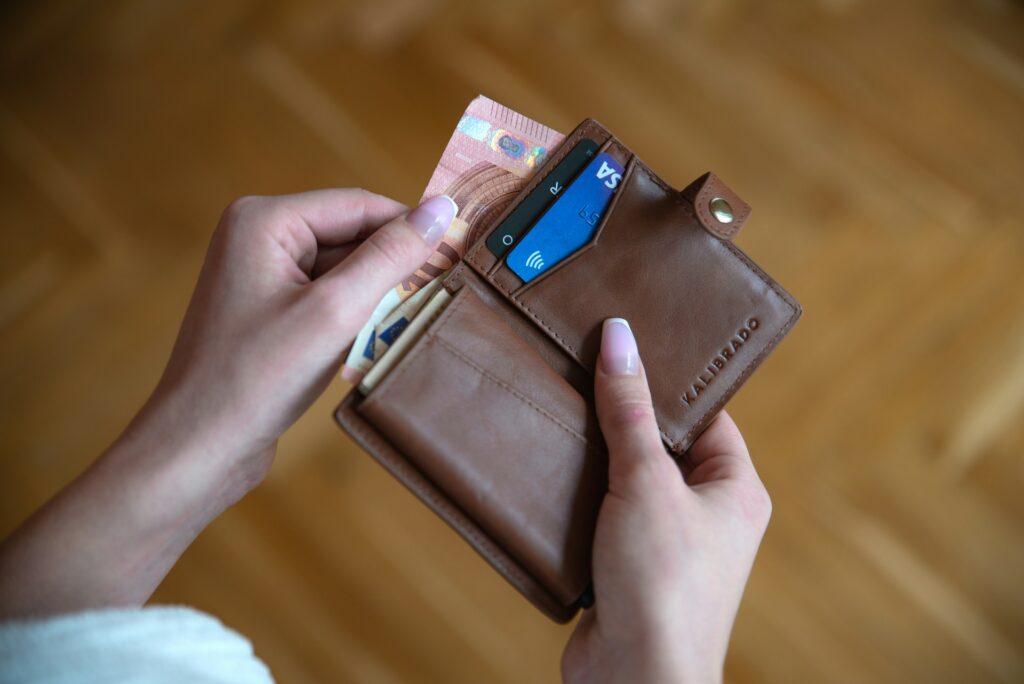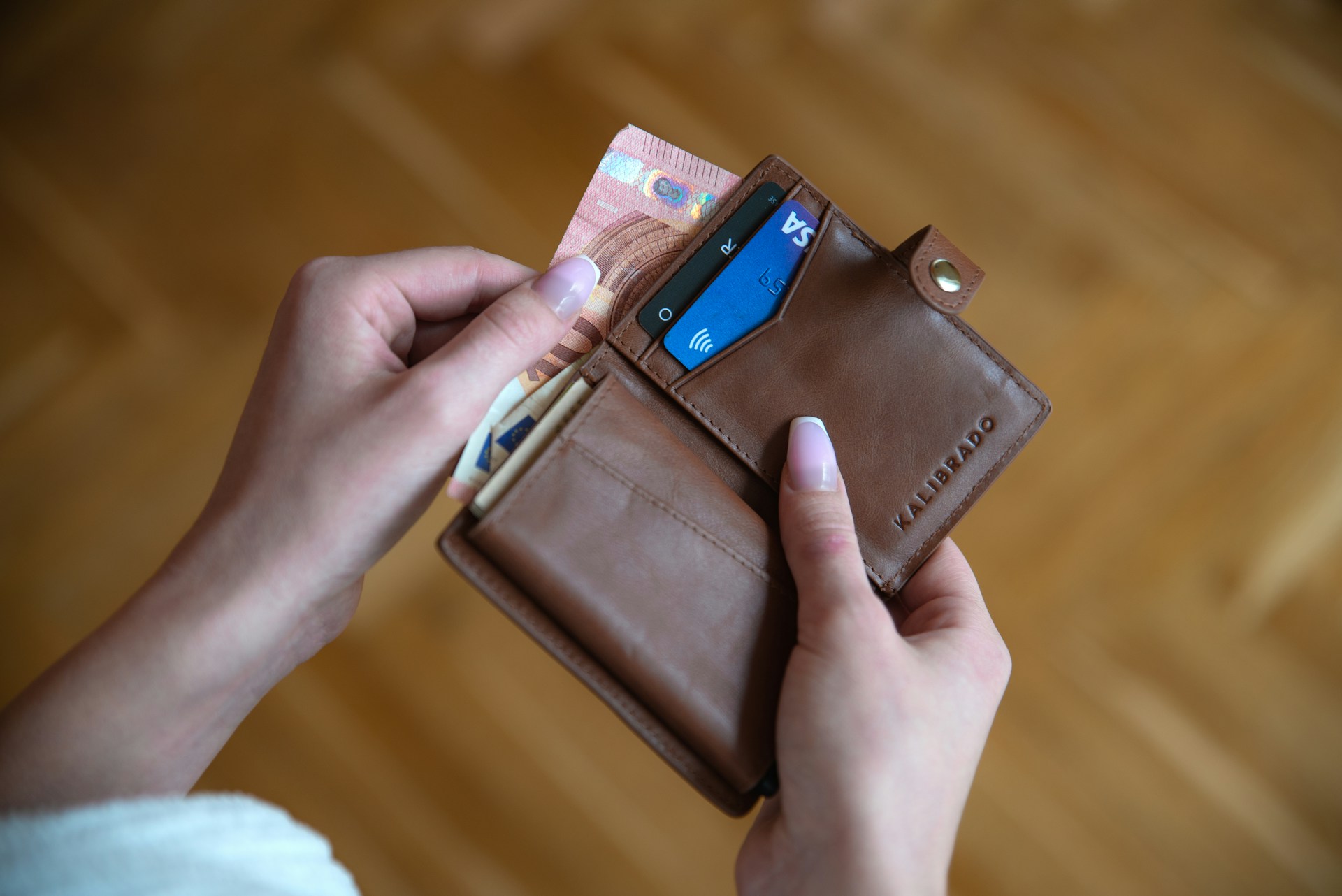
If you’ve had to use your emergency fund, that’s perfectly okay — it means you had a safety net in place when life threw something unexpected your way. Now, it’s time to focus on rebuilding. Start by reviewing how much you used and set a realistic goal to replenish your savings. Even small, regular deposits of $10 or $20 per week can make a big difference over time.
To speed things up, consider pausing non-essential spending like takeout meals or subscriptions. Automating your transfers can also help take the pressure off and keep your savings on track.
As you look back on how the money was used, take a moment to reflect: was it truly an emergency? If you’re unsure, the checklist below can help you decide whether the expense qualified — and guide your decisions moving forward.
1. Know what counts as a real emergency
Not every surprise expense qualifies. Emergencies include job loss, urgent medical bills, major home or car repairs, or last-minute travel for a family crisis. Things like vacations, planned purchases, or regular bills don’t count.
Write down your own emergency list to help you stay on track and avoid dipping into your fund for non-essentials.
Haven’t you started to save for emergencies yet? Learn how to start!
2. Review your fund after life changes
Life moves fast, and your emergency fund should keep up. If you’ve moved, changed jobs, had a baby, or taken on new expenses like insurance or daycare, it’s time to reassess.
Sit down twice a year to review your budget line-by-line. Make sure your savings goal still matches your current cost of living.
3. Don’t forget inflation
Over time, rising prices can eat into the value of your emergency fund. Check in annually and consider boosting your balance slightly to keep up with inflation.
This helps ensure your fund maintains its real-world purchasing power.
4. Smart tools and habits that help

Label your savings account something clear like “Emergency Only.” Use apps or banking tools that track your progress and set reminders. Automate transfers to keep the fund growing.
5. Create separate savings for recurring expenses
Some costs, like annual car maintenance or dental checkups, aren’t emergencies—but they still catch many people off guard. To avoid dipping into your emergency fund for these, create separate savings buckets for recurring or predictable expenses.
This keeps your emergency money untouched and available for when you truly need it.
6. Talk about it with your household
If you share finances, make sure everyone in your household understands what your emergency fund is for—and what it’s not for. Having clear rules helps avoid confusion and keeps the fund from being spent unnecessarily.
Agree on what qualifies as an emergency and review the plan together at least once a year.
Keeping your emergency fund strong doesn’t have to be complicated. With regular check-ins, smart tools, clear rules, and honest conversations at home, you can protect your savings and use it wisely when it really matters. A little planning today helps you stay ready for tomorrow — without sacrificing your peace of mind.

